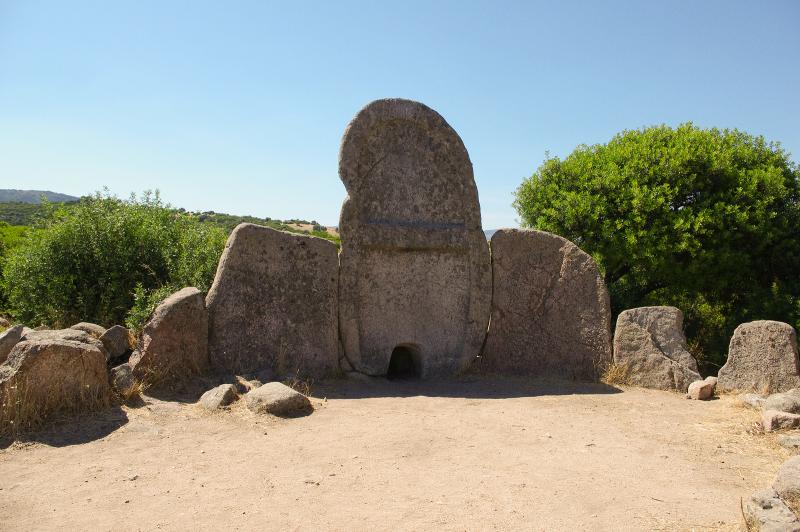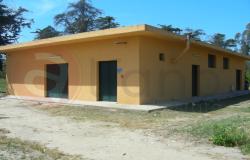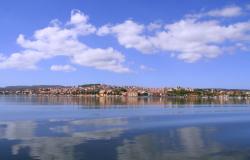As far as Italian archaeological sites go, Pompeii gets all the love. There are however quite a few more fascinating sites scattered across Italy that can inspire just as much wonder. One of them is Mont’e Prama, located on the central-western coast of the magical island of Sardinia.
Mont’e Prama is home to the ‘Giants,’ colossal Nuragic statues first discovered by chance on farmland in 1974. Subsequent excavations have revealed 38 ancient sculptures dating back to the Nuragic civilization, each sculpted from a single block of local chalky sandstone, with a height between two and two-and-a-half meters. The statues, part of a vast necropolis where only adult men are buried - no children, no elderly people, and only one female burial found so far - depict warriors, archers and boxers and are thought to date from the Iron Age.
It is precisely the remains of two boxer statues to have resurfaced from the site as excavations reprised in early April, with the discovery hailed as “exceptional” by Italy’s Culture Minister Dario Franceschini.
The remains include the torsos of the two boxers, a head, legs and other body parts, as well as a large shield wrapped around their bodies; they are similar to other statues found previously at the site located on a hill outside the town of Cabras.
The warrior statues are thought to be guarding the tombs of the necropolis.
The mysterious Nuragic civilization settled in Sardinia from the bronze Age up to the Roman colonization. Nuragic culture has left no written record, but about 7,000 nuraghe, a tower-fortress type of construction, dot the island and have become its symbol. The discovery of the Giants of Mont’e Prama in the late 1970s is considered the most important archaeological discovery of the late 20th century in the Mediterranean. Archaeologists expect to unearth more finds as they continue to excavate the site.
Some of the Giants are exhibited on the Civic Archaeological Museum in Cabras, along with other artifacts found in the area. The new statues will also be exhibited, but it will take some time as they need to be removed from the sediment and prepared for safe exposure.



